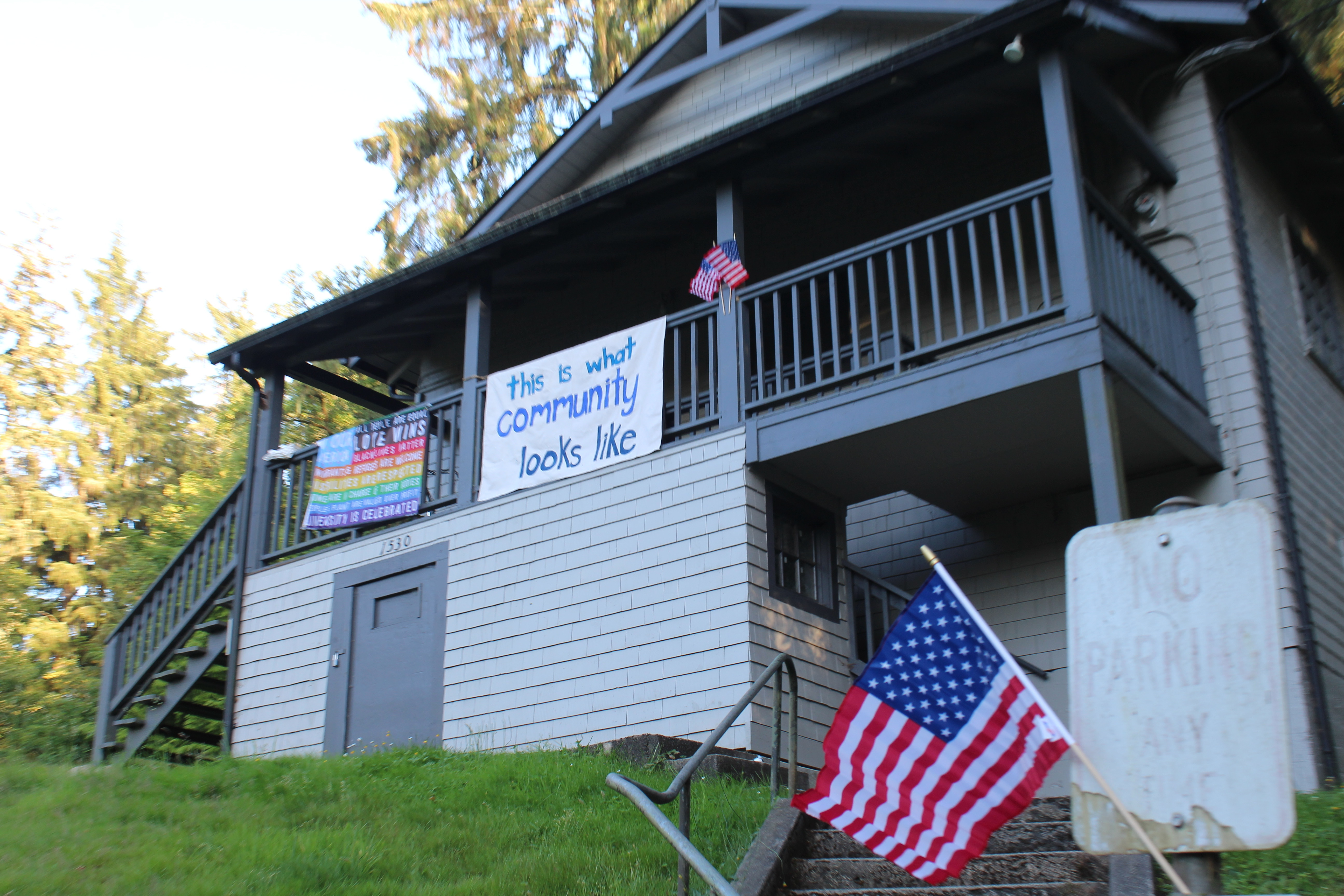Fort Clatsop: National Guard ‘proceeding on’ with demolition
Published 5:00 pm Monday, October 17, 2005
It was a modern-day military operation going on at Fort Clatsop Monday.
Trending
Sixteen Oregon National Guard soldiers are lending their labor to the demolition of the fort, which was destroyed by fire Oct. 3.
“This is a replica of a fort that was built 200 years ago by soldiers, and soldiers are now helping with the rebuild,” said National Guard Maj. Alisha Hamel.
The Guard members, all volunteers for the job, were joined by personnel from the National Park Service and Oregon Department of Forestry to take apart and remove the charred ruins. The work is expected to be completed Friday.
Trending
The demolition work is the first step in the plan to rebuild the local icon, which burned just weeks before the upcoming Lewis and Clark Bicentennial commemoration.
The crew is working carefully and largely by hand for a number of reasons. Access to the fort site through the surrounding forest is limited and park staff did not want to clear space for large machinery, and care is being taken not to disturb the site below ground level, said Jill Harding, the park’s chief of visitor services.
The workers are also taking precautions, including the use of gloves and breathing masks, against the chemicals that were used to treat the logs in the 50-year-old structure, such as arsenic. The wood posed no hazards to the fort’s many visitors over the years, but the fire likely released some of the toxins, making the charred logs potentially harmful.
“The big thing we’re stressing is safety, safety, safety,” Harding said.
Logs, planks and cinders shoveled into plastic garbage cans were hauled by ATVs and a small tractor to dumpsters provided free by Western Oregon Waste. The debris will be hauled to a special waste site in Hillsboro.
The fire, the cause of which remains undetermined, destroyed the side of the fort containing the “enlisted men’s quarters,” and gutted the other side. The two gates on either side of the parade ground were virtually the only pieces not burned to some degree – park staff hope to incorporate them in the new fort.
Ron Tyson, the park’s safety and fire manager, said there’s talk of attempting to remove and preserve one small corner of the fort, although nothing has been decided yet. A park employee for almost 23 years, Tyson has overseen the repair, maintenance and various remodels of the fort.
“It still makes me ill,” he said, looking over the charred remains. “I guess I won’t feel good until it’s all gone.”
Concrete footings were poured for the walls of the replica. The ground-level logs were attached to the footings with bolts, but otherwise all the logs were simply laid on top of one another, Tyson said.
The workers are taking care not to disturb the ground as they remove the debris. Once the demolition is complete, archeologists plan to come in and study the area under the fort. When that work is done, the park plans to build a new fort on the site of the replica, itself believed to be located on or very close to the footprint of Lewis and Clark’s 1805-05 encampment.
A large trench was dug down the middle of the parade ground between the two sides of the fort in the 1950s as part of an archeological survey of the fort site, and more recently another dig took place under a small section of the building. But the ground under the fort has remained largely undisturbed since the replica’s construction in 1955.
The National Guard has already been a major player in the upcoming Bicentennial. Guard crews have worked on a number of projects, most notably the construction of the six-mile Fort to Sea trail. And the Guard is organizing the opening-day ceremony on Nov. 11, Veteran’s Day, at Fort Stevens State Park featuring a Native American honor guard.
“The Lewis and Clark expedition was a military operation,” Hamel said. “This is very much a strong part of our history, our military history, as well as American history.”
The Guard has also organized educational presentations about Lewis and Clark that have been seen by more than 50,000 people in 600 locations, she said.
The troops working at Fort Clatsop this week come from engineering units skilled in construction – and demolition, Hamel said. The troops are on a two-week assignment – once the demolition project is done, they’ll be put to work for the remainder of their stints on the Fort to Sea Trail.









